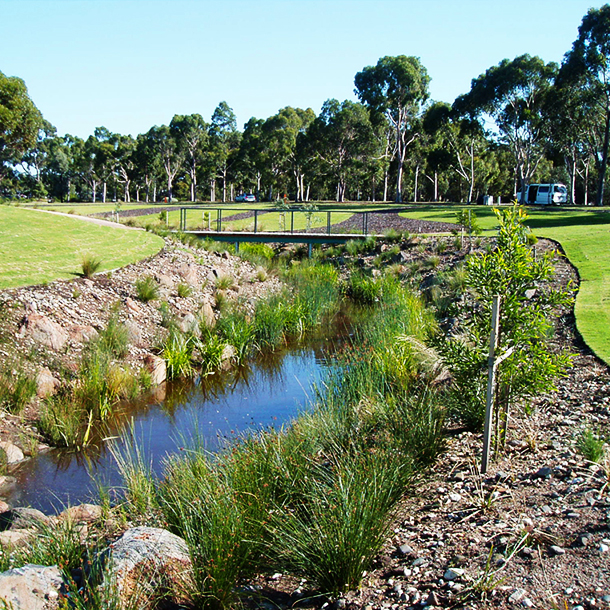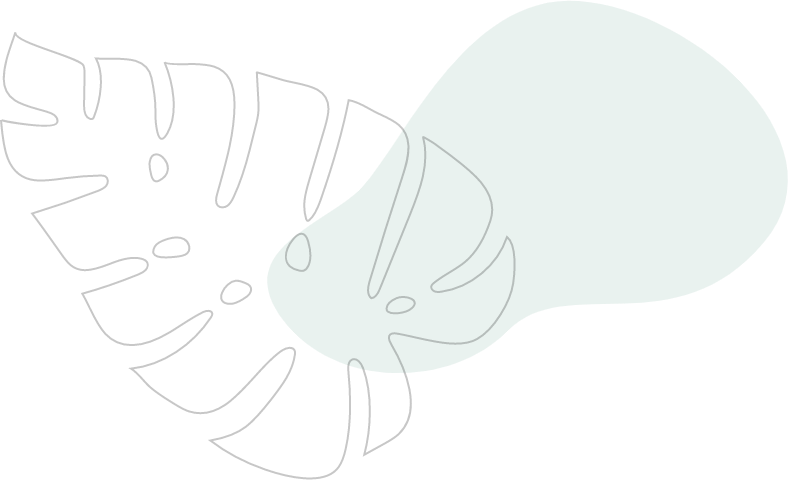

Introduction to Stormwater
Stormwater refers to rainwater that falls onto buildings and other constructed non-permeable surfaces. The water flow collects chemicals and other pollutants through contact with these surfaces. The end goal of stormwater management is to prevent chemicals and other pollutants from ending up in natural waterways.
Usually, the approach is to allow the untreated stormwater to discharge directly into our waterways and the sea! This has resulted in detrimental effects on habitats and wildlife, erosion, and flooding problems.
Principles of Water Sensitive Urban Design
In contrast to traditional stormwater management, Water Sensitive Urban Design aims to alter the way we construct our urban environments so that they mimic the natural water cycle seen in untouched forested environments:
https://www.melbournewater.com.au/building-and-works/stormwater-management/introduction-wsud
In addition to restoring the natural flow of water, WSUD recognises the value of stormwater as a resource that can be reused on-site, thereby reducing our consumption of potable water.
Strategies for WSUD
- Treatment systems (manufactured).
- Stormwater is treated to remove chemicals, sediments and other pollutants prior to discharge from the project site.
- Reduction of flow.
- The simplest measure to reduce stormwater runoff is reducing the area of hard surfaces on-site such as roofs and concrete driveways.
- Rainwater tanks (RWT).
- Storage tanks can retain stormwater on-site for use in gardening or toilet flushing.
- Increasing soil moisture.
- Additionally, a simple measure is to increase the amount of permeable soil coverage across the site so rainwater will properly infiltrate the soil.
- Greening and raingardens.
- These work similarly to the manufactured treatment systems, except they use natural materials such as plant roots and sandy soils to filter out the pollutants.
Overview of the WSUD Process
- Check for WSUD in the Planning Scheme.
- Each Local Council stipulates varying WSUD requirements in their planning scheme.
- As an example, the City of Melbourne requires a WSUD response for all new buildings and extensions.
- Determine the area of non-permeable surfaces on the project site.
- Generally, these are ‘hard’ surfaces, however, new building products such as permeable pavers allow water infiltration and are considered permeable.
- Determine the Legal Point of Discharge (LPoD) for the site.
- Nominated by the Local Council, the LPoD dictates where all stormwater that leaves the site must flow to.
- Choose a WSUD treatment suitable for the project.
- Remember, it is possible to combine a range of systems to meet the WSUD requirements.
- Consider any options from a holistic perspective to meet broader project goals on design, spatial restrictions, cost, maintenance, and sustainability.
- Options include:
- Rainwater tanks (RWT).
- Permeable paving.
- Raingardens.
Size the WSUD treatment system.
- Depending on the complexity of the project, you may require an engineer for calculations regarding the system.
- For more straightforward projects, Melbourne Water has developed the STORM Calculator which is a user-friendly tool used to demonstrate compliance.
Links and Further Reading
- https://www.melbournewater.com.au/building-and-works/stormwater-management/introduction-wsud
- https://www.melbournewater.com.au/sites/default/files/South-Eastern-councils-WSUD-guidelines.pdf
- https://www.melbourne.vic.gov.au/building-and-development/sustainable-building/Pages/water-sensitive-urban-design.aspx
- https://www.yourhome.gov.au/water/stormwater
Zeb Kitchell, 22/9/21




